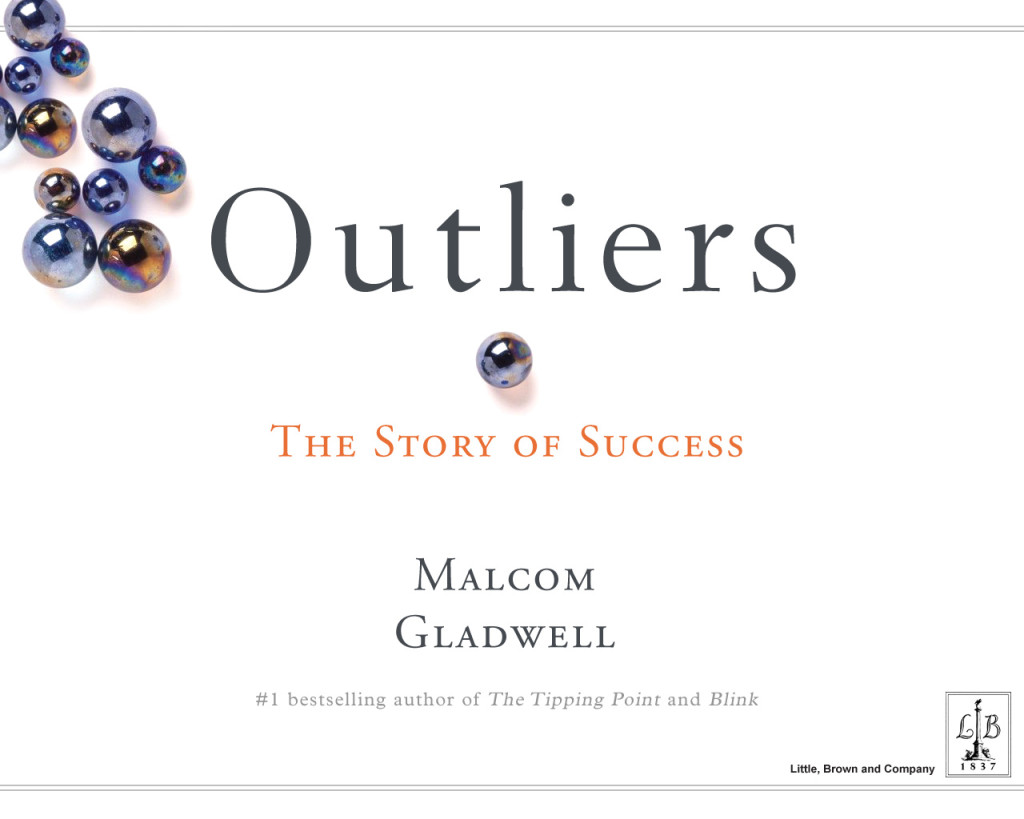Christmas is in the air, and retailers are all out to garner those precious year-end gifting dollars. With bonuses likely to be bountiful this year, any business worth its salt would be finding ways and means to target the consumer wallet.
Young children probably form one of the most important markets in the season of giving and receiving. Nothing beats the story of how Santa Claus will shimmy down your chimney – or rubbish chute in Singapore’s highrise context – and bear tidings of fun-tabulous toys. On a more pragmatic level though, how can companies cream this festive occasion for their own profits (and bonuses of course)?










